Sharpening up the sporty spearhead.
Source: http://cdn.caradvice.com.au/wp-content/uploads/2013/03/2013-Audi-R8-Track-Review-Philip-Island-07-e1363869424426.jpg
 Source: http://cdn.caradvice.com.au/wp-content/uploads/2013/03/2013-Audi-R8-Track-Review-Philip-Island-08.jpgAudi is making its R8 high-performance sports car sharper and more attractive than ever. The S tronic makes its debut in the model series, which is now topped by the new R8 V10 plus. The all-LED front headlights and the new dynamic turn signals in the back are standard with all models; distinctive design details set accents. The R8 V8 Coupé weighs just 1,560 kilograms (3,439.21 lb) thanks to the Audi ultra lightweight construction principle.
Source: http://cdn.caradvice.com.au/wp-content/uploads/2013/03/2013-Audi-R8-Track-Review-Philip-Island-08.jpgAudi is making its R8 high-performance sports car sharper and more attractive than ever. The S tronic makes its debut in the model series, which is now topped by the new R8 V10 plus. The all-LED front headlights and the new dynamic turn signals in the back are standard with all models; distinctive design details set accents. The R8 V8 Coupé weighs just 1,560 kilograms (3,439.21 lb) thanks to the Audi ultra lightweight construction principle.
 Source: http://images.caricos.com/a/audi/2013_audi_r8_v10/images/1024x768/2013_audi_r8_v10_32_1024x768.jpg
Source: http://images.caricos.com/a/audi/2013_audi_r8_v10/images/1024x768/2013_audi_r8_v10_32_1024x768.jpg
The updated R8 showcases the full extent of Audi’s expertise in ultra lightweight construction. The aluminum Audi Space Frame (ASF) of the Coupé weighs just 210 kilograms (462.97 lb), that of the Spyder 216 kilograms (476.20 lb) The body, which in the model with manual transmission includes a load-bearing engine frame made of magnesium, is the basis for the dynamic handling, the vibrational comfort, the crash safety and the precision fabrication. It is the primary reason that the R8 V8 Coupé with manual transmission (without driver) tips the scales at just 1,560 kilograms (3,439.21 lb); for the Spyder this figure is 1,660 kilograms (3,659.67 lb).
Source: http://img.caricos.com/2013_audi_r8_18.jpg
Audi R8 popularity forces the top European tuners to create different customisation options for that extreme car. Both interior and exterior design of the car could be changed in order to better the vision and make the car even more unique. Moreover packages to increase the overall performance are also available that enables the car to reach a maximum speed of around 40 km/h more than the non-tuning version. Also handling and braking are improved significantly.
 Source: http://cdn.caradvice.com.au/wp-content/uploads/2013/03/2013-Audi-R8-Track-Review-Philip-Island-08.jpgAudi is making its R8 high-performance sports car sharper and more attractive than ever. The S tronic makes its debut in the model series, which is now topped by the new R8 V10 plus. The all-LED front headlights and the new dynamic turn signals in the back are standard with all models; distinctive design details set accents. The R8 V8 Coupé weighs just 1,560 kilograms (3,439.21 lb) thanks to the Audi ultra lightweight construction principle.
Source: http://cdn.caradvice.com.au/wp-content/uploads/2013/03/2013-Audi-R8-Track-Review-Philip-Island-08.jpgAudi is making its R8 high-performance sports car sharper and more attractive than ever. The S tronic makes its debut in the model series, which is now topped by the new R8 V10 plus. The all-LED front headlights and the new dynamic turn signals in the back are standard with all models; distinctive design details set accents. The R8 V8 Coupé weighs just 1,560 kilograms (3,439.21 lb) thanks to the Audi ultra lightweight construction principle. Source: http://images.caricos.com/a/audi/2013_audi_r8_v10/images/1024x768/2013_audi_r8_v10_32_1024x768.jpg
Source: http://images.caricos.com/a/audi/2013_audi_r8_v10/images/1024x768/2013_audi_r8_v10_32_1024x768.jpg
Body
The updated R8 showcases the full extent of Audi’s expertise in ultra lightweight construction. The aluminum Audi Space Frame (ASF) of the Coupé weighs just 210 kilograms (462.97 lb), that of the Spyder 216 kilograms (476.20 lb) The body, which in the model with manual transmission includes a load-bearing engine frame made of magnesium, is the basis for the dynamic handling, the vibrational comfort, the crash safety and the precision fabrication. It is the primary reason that the R8 V8 Coupé with manual transmission (without driver) tips the scales at just 1,560 kilograms (3,439.21 lb); for the Spyder this figure is 1,660 kilograms (3,659.67 lb).
The R8 V10 plus, available only as a Coupé, has a curb weight of just 1,570 kilograms (3,461.26 lb), 50 kilograms (110.23 lb) less than the R8 V10. A lot of effort went into this weight reduction. Weight savings were extracted from the alloy wheels, the insulating materials, particularly in the area of the bulkhead between the cabin and the engine compartment, and from the seats. The ceramic brakes, the newly developed running gear, the front splitter and the rear diffuser also contributed to the weight reduction. The new top model has adjustable bucket seats with folding backrests and a chassis made of fiberglass-reinforced polymer (FRP).
Audi has been the leading brand in lightweight construction since the development of the first A8 in the 1990s. In ASF technology, the body's supporting structure is made up three wrought aluminum components; each component combines high strength with low weight. In the R8 Coupé, extruded sections comprise 69 percent of the body-in-white. Vacuum-cast nodes comprise eight percent, and the aluminum panels that close and stiffen the framework make up 23 percent. The R8 Spyder has a higher proportion of extruded sections (75 percent) and fewer panels (17 percent).
Just 42 kilograms (92.59 lb): the top of the Audi R8 Spyder
Source: http://img.caricos.com/2013_audi_r8_18.jpg
Audi R8 popularity forces the top European tuners to create different customisation options for that extreme car. Both interior and exterior design of the car could be changed in order to better the vision and make the car even more unique. Moreover packages to increase the overall performance are also available that enables the car to reach a maximum speed of around 40 km/h more than the non-tuning version. Also handling and braking are improved significantly.
Most
popular tuning packages are:
- Audi R8 Toxique
- Audi R8 Supersport Edition
- Audi R8 V10 Biturbo
Source: http://images.caricos.com/a/audi/2013_audi_r8_v10/images/1024x768/2013_audi_r8_v10_6_1024x768.jpg
So, which colour would you get?





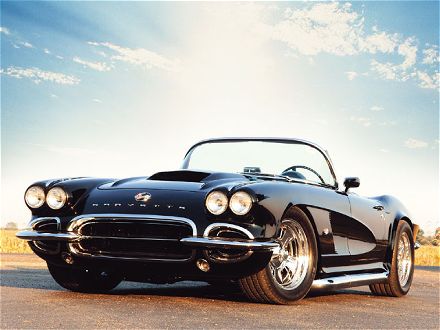
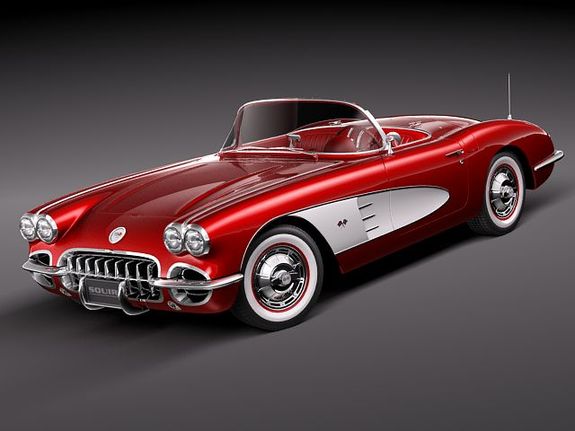
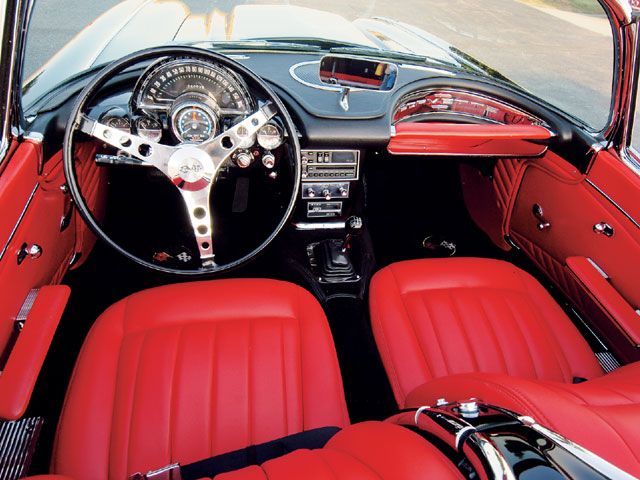
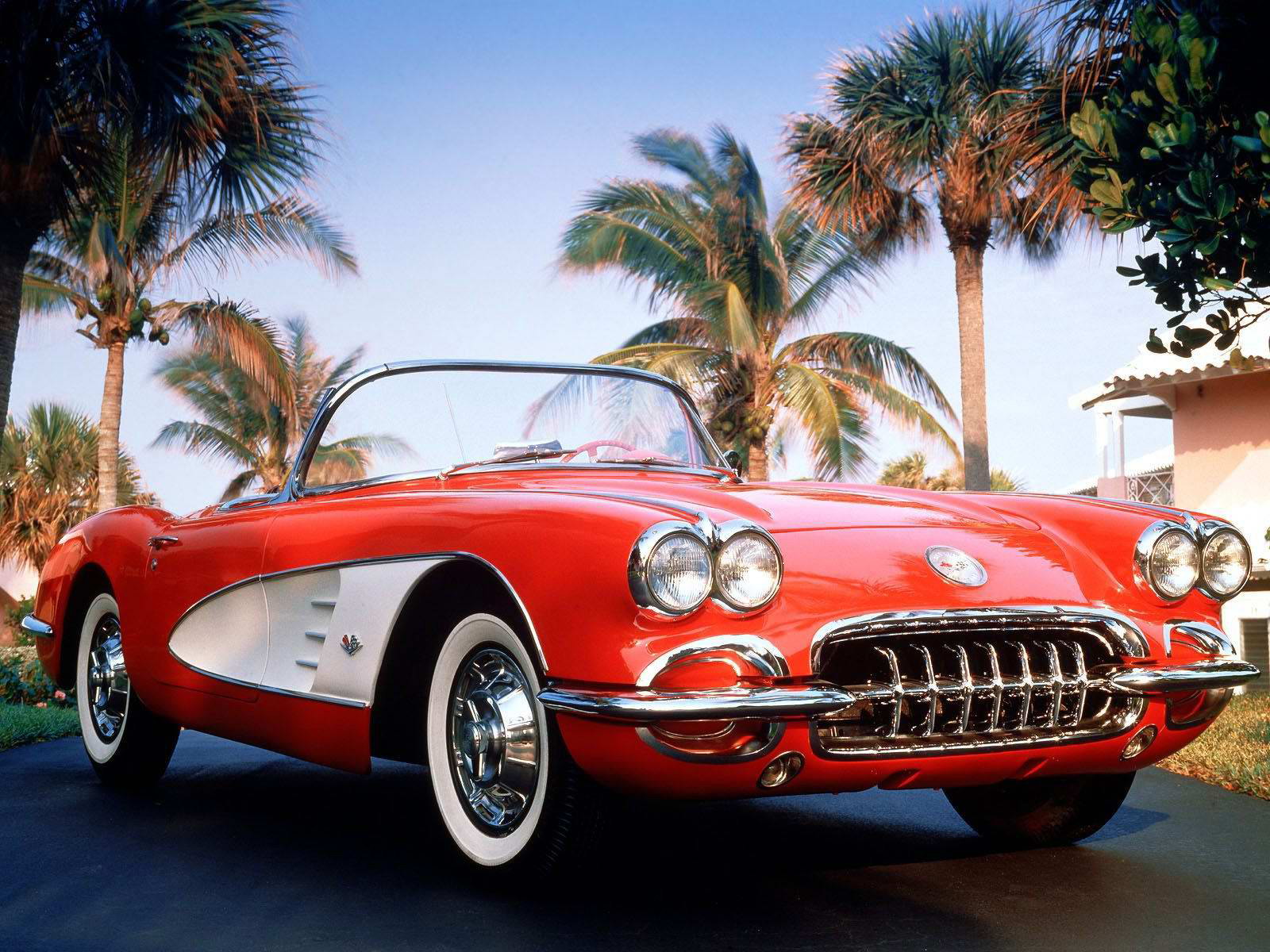
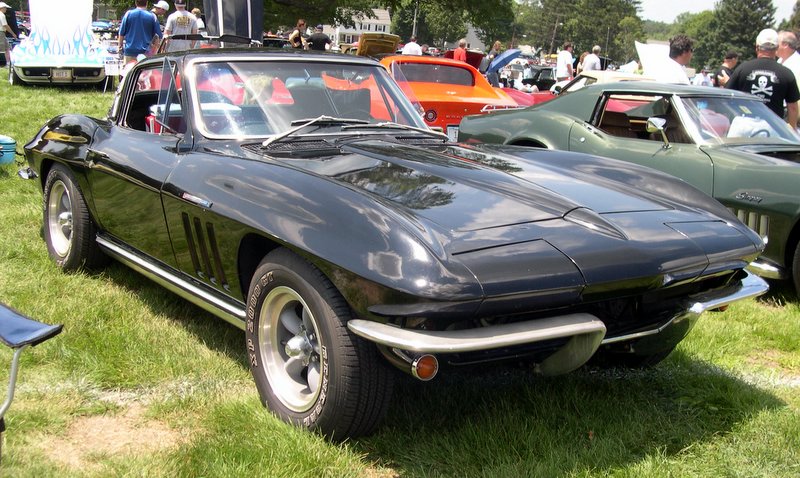
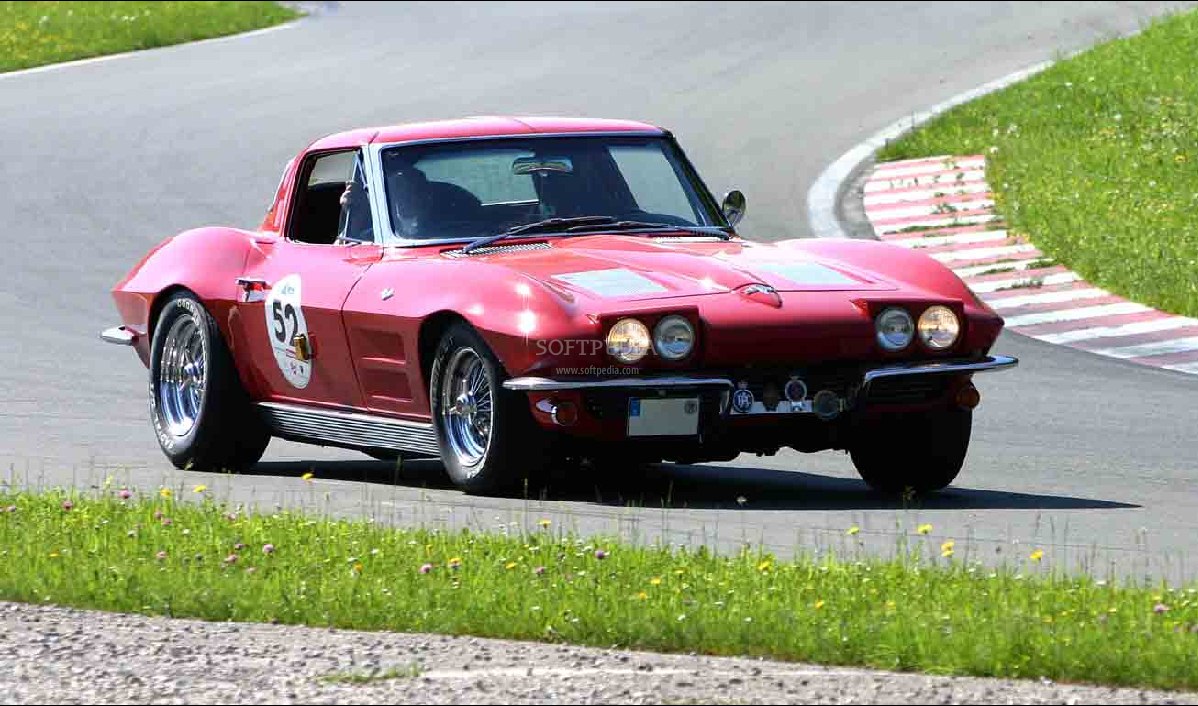
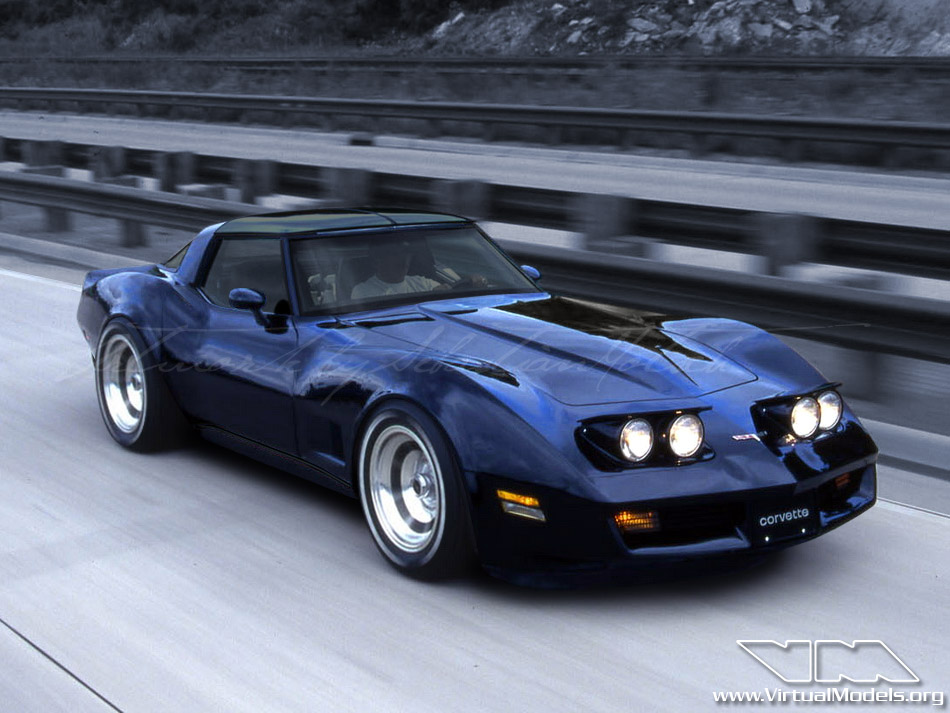

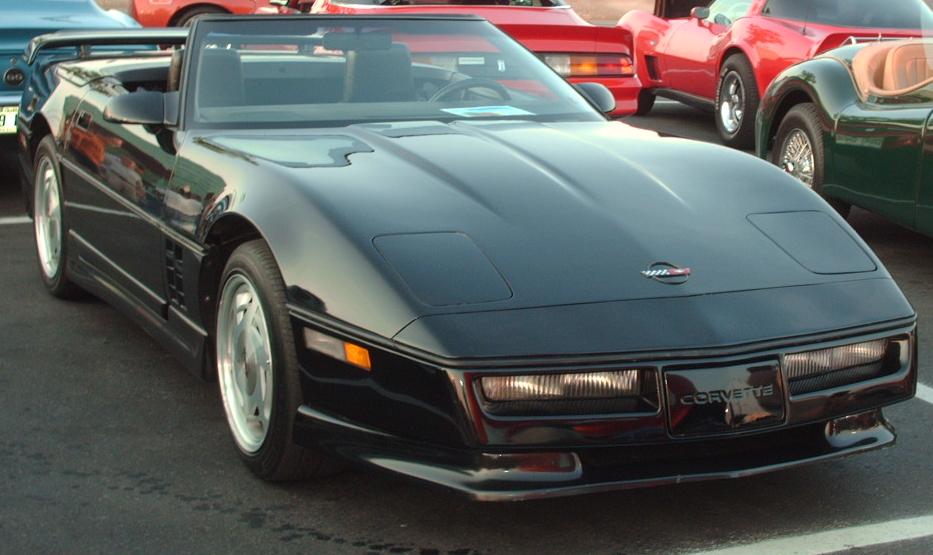
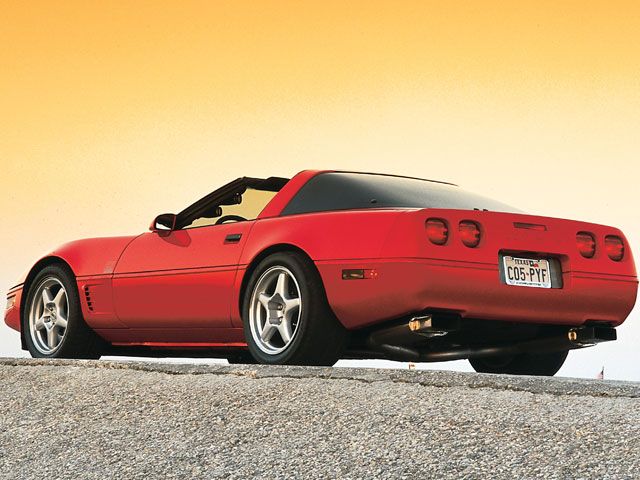
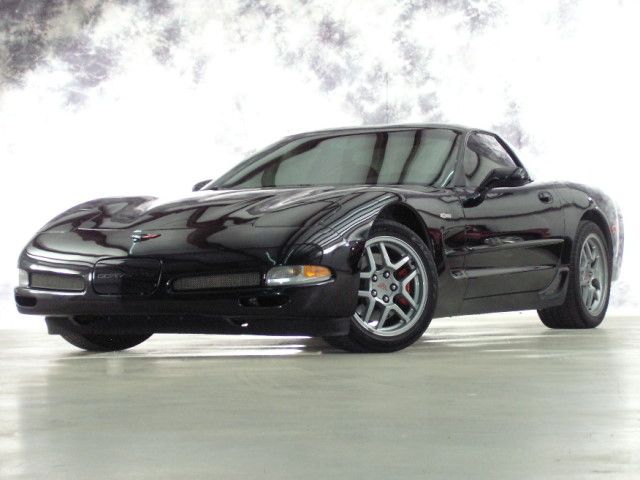
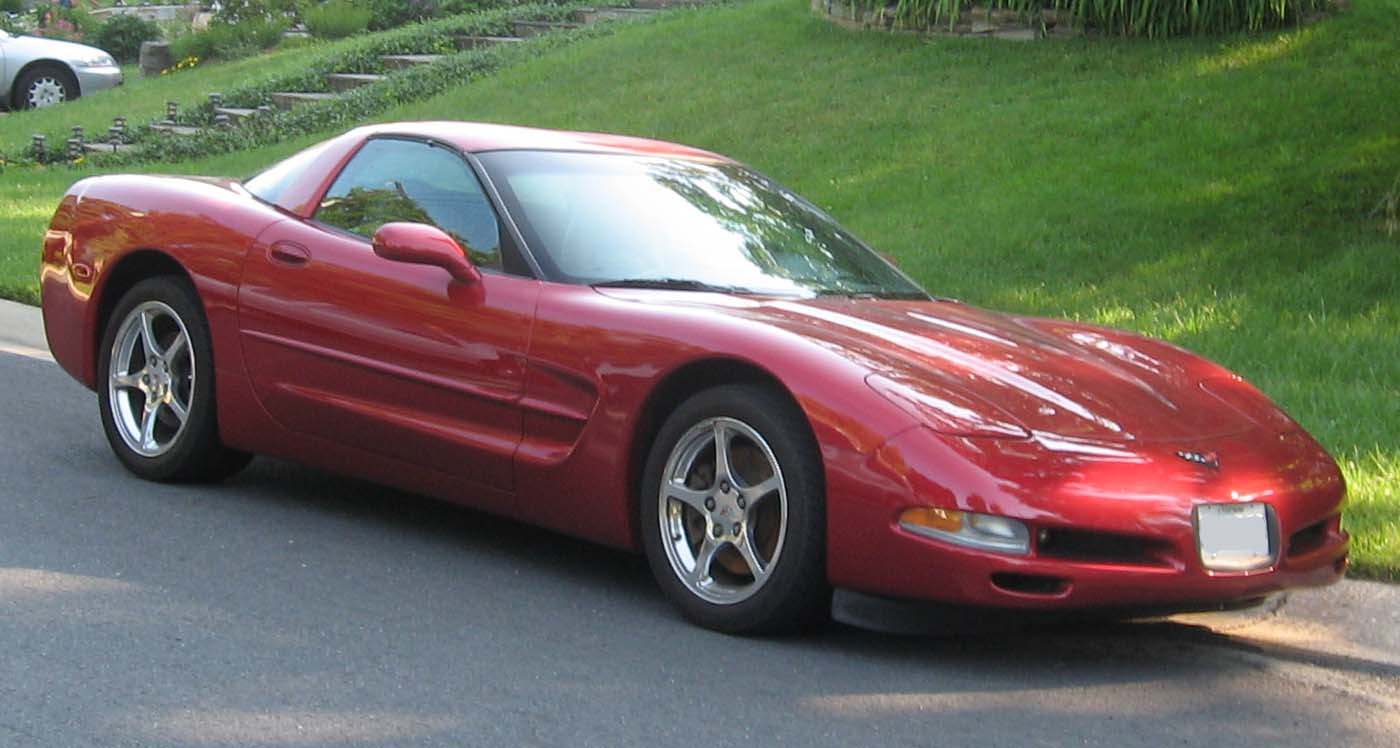
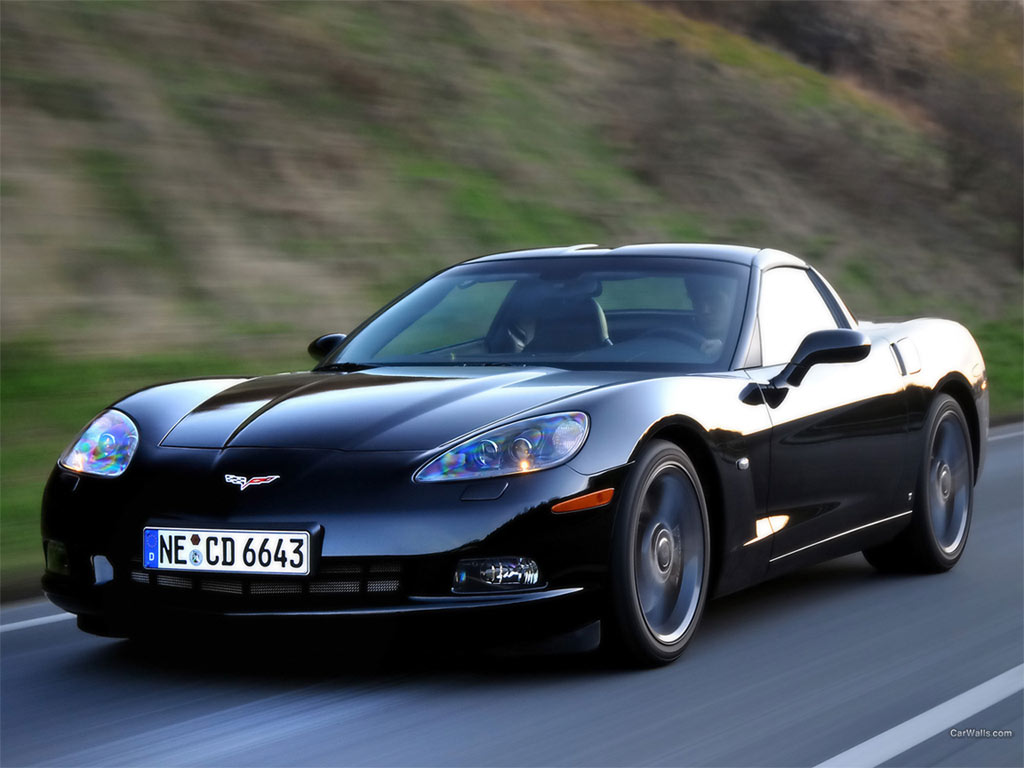
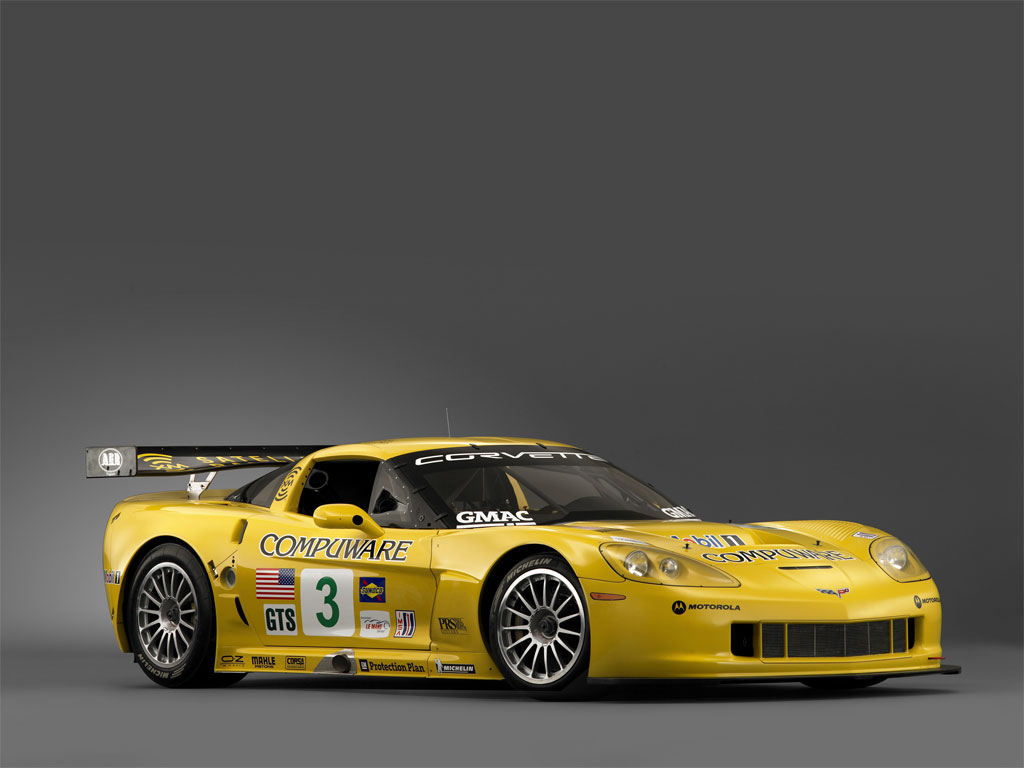
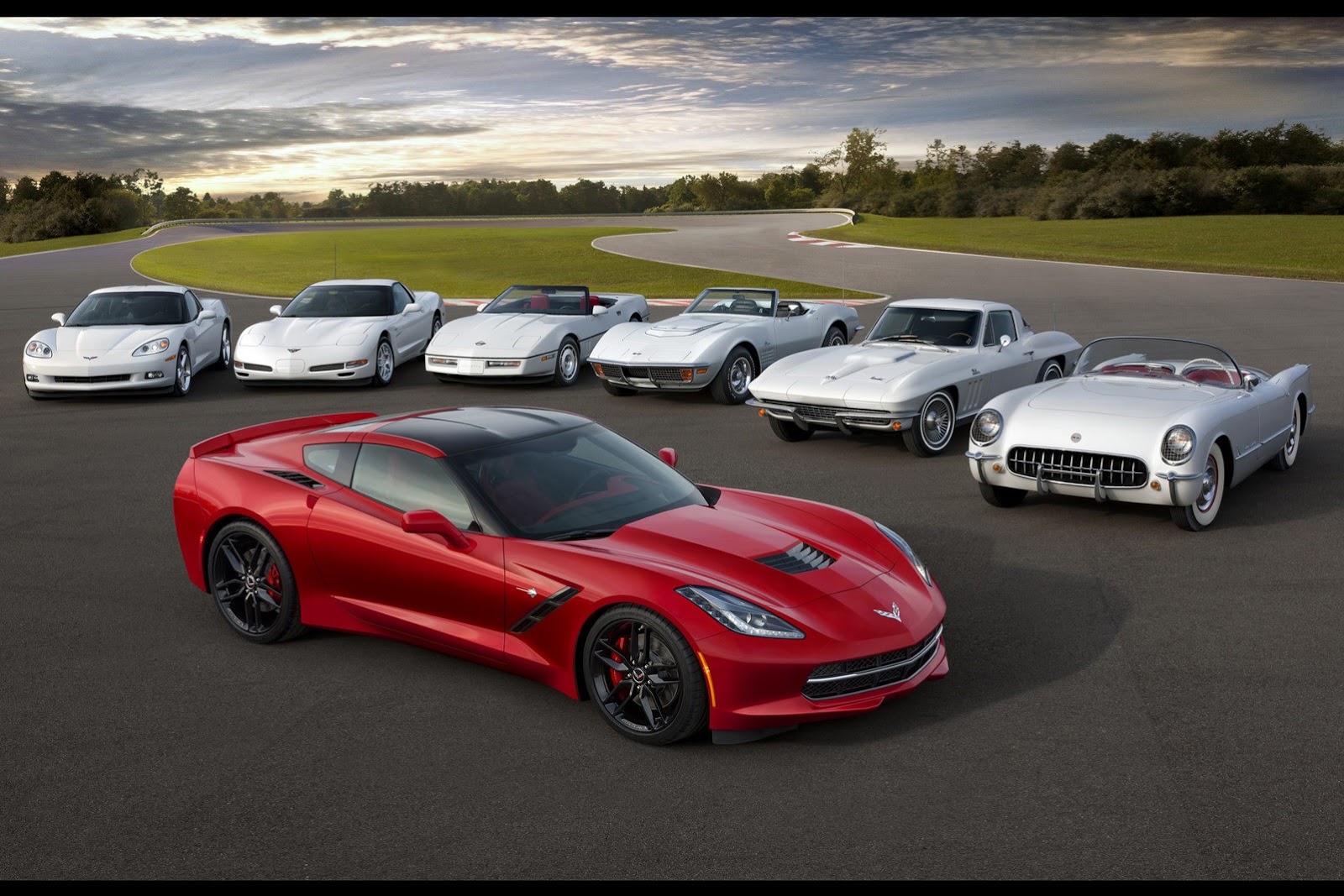








 Source:
Source:  Source:
Source: 


 Source:
Source: